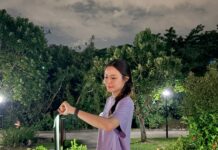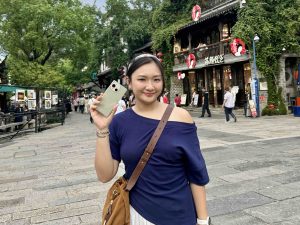
Bringing the Sharp AQUOS R10 along for a trip to Nanjing turned out to be a great choice. From busy city streets to quiet scenic spots, this phone really held up as a reliable companion. It’s not just about performance; the R10 made exploring, capturing memories, and staying connected feel effortless.

The R10 feels premium right from the start. At 156 × 75 × 8.9 mm and weighing 197 g, it’s got a nice heft without being too bulky. The curved glass finish looks stylish, while its MIL-STD-810G durability and water resistance add peace of mind if you get caught in one of Nanjing’s sudden showers. I also appreciated the dual SIM support with eSIM and expandable storage. Crucial when juggling a travel eSIM alongside my home number, or when I needed extra space for all those food pics.
A Display That Really Shines
The 6.5-inch Pro IGZO LTPO OLED panel is easily one of the highlights. With a 240 Hz refresh rate and peak brightness of up to 3,000 nits, the screen stayed crystal clear even under direct sunlight along Lao Men Dong.

At night, watching dramas back in the hotel felt smooth and immersive thanks to the high refresh rate, “Virtual HDR,” and the punchy dual full-metal speaker boxes with Dolby Atmos®. Whether I was streaming a show or just scrolling through photos, it all looked and sounded top-tier.
Photography That Fits Nanjing’s Spirit
Nanjing is full of contrasts with historic monuments, neon-lit alleys, bustling markets, and the R10 captured it all beautifully.
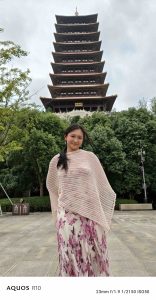
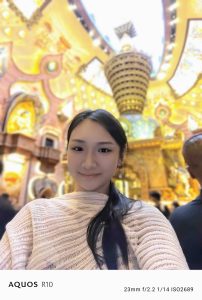
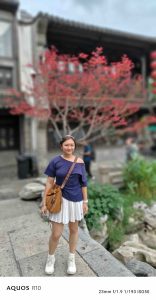
Both the rear and front cameras are 50.3 MP, which is rare and super useful for selfies and vlogs without sacrificing quality. The 1/1.55-inch sensor and 14-channel spectral sensor helped keep colours true, while the AI made sure night shots of the Confucius Temple didn’t get too noisy.
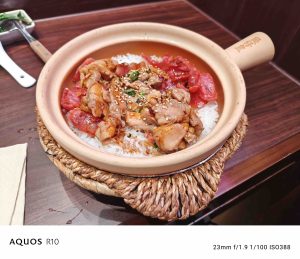
Also, there was the surprising option of Food photo mode. As you know, the camera eats before you do. The R10 uses AI to remove any unwanted shadows from your food shots to simulate your appetite once again.
Let’s talk about some of the key highlights of my trip with my Sharp companion photos:
The Memorial Hall of the Victims in the Nanjing Massacre by Japanese Invaders
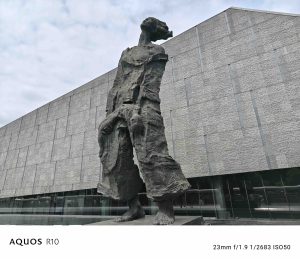
A must-visit for anyone who is headed to Nanjing to understand and educate oneself on the traumatic events that happened when Nanjing fell to its Japanese Invaders in 1937. The Nanjing Massacre Memorial Hall, built on a mass grave site, features displays of history, relics, remains, and art to honour victims, preserve memory, and promote peace.
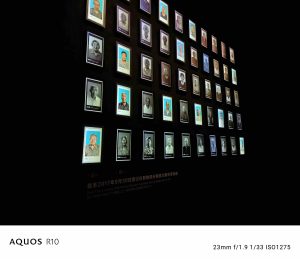
The Sharp AQUOS R10 was lovely in taking photos in bright afternoon sun and in a low-light museum setting, as shown in the photos above. By using the Camera Modes such as Night and Manual, I was able to capture key exhibitions while customising to my preferences.
Nanjing Confucius Temple (Fuzimiao)
The Nanjing Confucius Temple, or Fuzimiao, was first built in 1034 and rebuilt in 1984, showcasing Ming and Qing architectural styles.
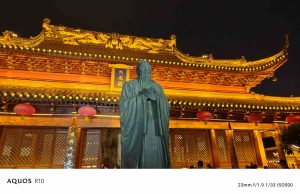
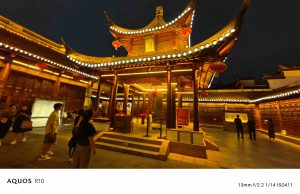
Its highlights include Dacheng Hall with China’s largest Confucius statue, while the nearby Qin Huai River area offers scenic views, shops, and local snacks.
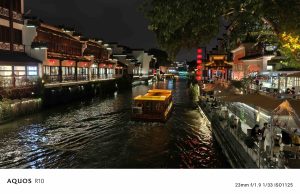
As I visited during the evening, this was when the R10’s Night Mode really shone. In low-light settings, it was able to capture details while reducing noise. There were locations where I thought the photos were going to look like one black photo, but to my surprise, it was able to display how beautiful the Fuzimiao area was.
Here’s a compilation of all the above locations, as well as places like Dabao’en Temple and Niu Shou Shan Temple. Video recording in Dolby Vision® gave my travel clips a polished, almost cinematic feel before I even touched editing.
Smarter Features on the Go
Travel usually means juggling plans, tickets, and reservations, and the R10’s AI features came in handy. The AI assistant automatically pulled out details like train times and suggested adding them straight to my calendar.
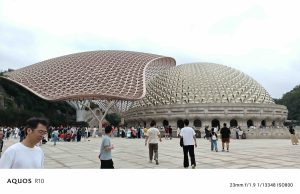
My personal favourite is the quick-edit tools that help polish up food shots and landscape photos when there are always people walking around.
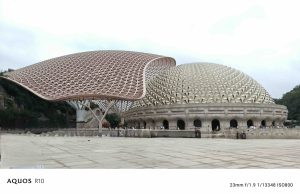
As you can see above, with the Usnisa Palace in its full glory, many tourists were making the shot messy. With the help of Magic Eraser, I was able to say goodbye to all the messy elements and showcase the beauty of the palace.
Performance and Battery Life
Powered by the Snapdragon 7+ Gen 3 chipset, 12 GB RAM, and a huge 512 GB storage, the R10 never stuttered when recording long clips at crowded tourist spots.
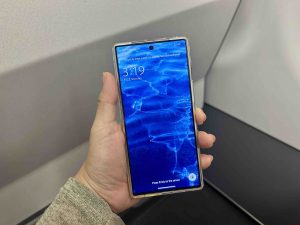
The 5,000 mAh battery easily lasted a full sightseeing day, with around 25–30% left by the time I got back to the hotel. The advanced cooling system kept things comfortable, too, even under heavy use.
The Sharp AQUOS R10 turned out to be a great match for exploring Nanjing. Its vibrant display, powerful cameras, and long battery life made the whole trip smoother and more enjoyable. Add in handy AI tools, durable build, and flexible SIM options, and it’s a phone that adapts well to both travel demands and daily city life. Just make sure you set up your apps and services ahead of time for China, and you’ll be ready to go.
The Sharp AQUOS R10 is currently retailing at S$1,099.00 at various authorised retailers.




